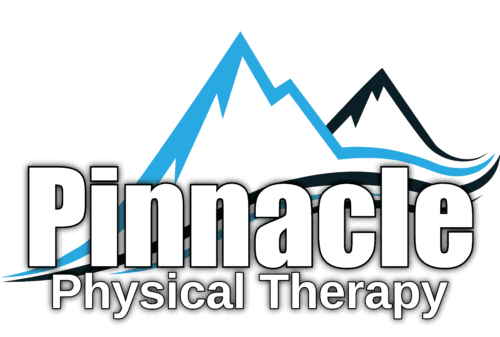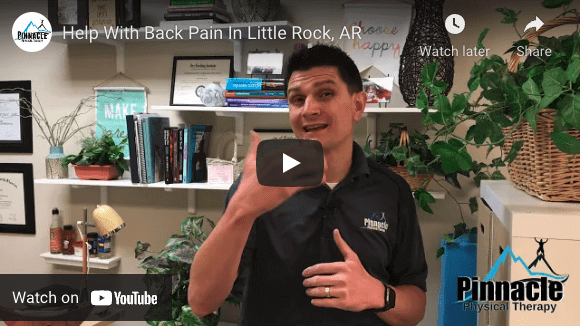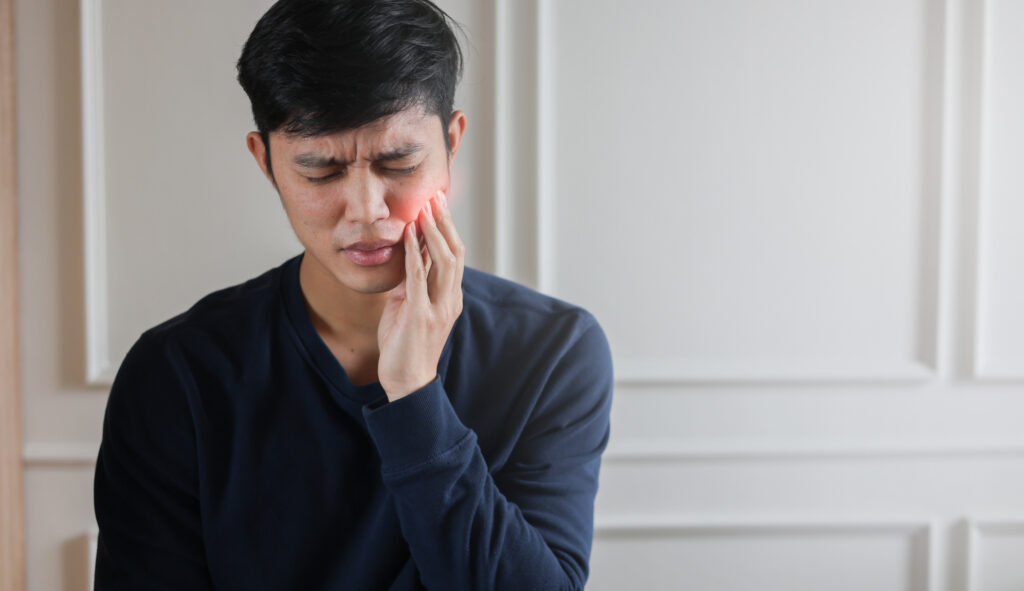If you’ve ever felt jaw pain after a long day at your desk or noticed a headache creeping in after hours on your phone, you might be experiencing more than just stress or fatigue. These symptoms could be connected to TMJ disorder—and surprisingly, your posture may be playing a big role.
What is TMJ?
TMJ stands for the temporomandibular joint—the hinge that connects your jawbone to your skull. This joint enables you to talk, chew, and yawn. When the TMJ isn’t working properly, you might experience:
- Jaw pain or tenderness
- Clicking or popping sounds when opening your mouth
- Difficulty chewing
- Headaches and neck stiffness
TMJ pain can have multiple causes, from teeth grinding to injury. But for many people, poor posture is an overlooked trigger.
How Posture Affects Your Jaw
When you slouch or crane your neck forward—common positions during computer work, phone scrolling, or even certain sports—the muscles in your neck and shoulders tighten. This tension pulls on the structures around the jaw, subtly shifting its alignment and straining the TMJ. Over time, that constant stress can lead to pain, inflammation, and restricted movement.
Some posture-related scenarios that may worsen TMJ symptoms include:
- Desk work with shoulders rounded and head forward
- Golf stance with neck tilted and jaw set tightly
- Long commutes with poor seat positioning
- Smartphone use (“tech neck”) for extended periods
Massage Therapy for TMJ Pain Relief
One of the most effective ways to address TMJ-related muscle tension is through massage therapy. By targeting the jaw muscles, as well as the neck, shoulders, and upper back, massage therapy can:
- Reduce tightness and spasms
- Improve blood flow and tissue health
- Promote better jaw alignment
- Decrease stress that often compounds TMJ symptoms
At Pinnacle Physical Therapy, our therapists use gentle, precise techniques to release tension in the muscles that control jaw movement. For many patients, incorporating massage therapy into their treatment plan provides both immediate relief and long-term improvement.
A Complete Approach to TMJ Care
While massage therapy is a powerful tool, effective TMJ treatment often requires a combination of therapies to address both the symptoms and their root cause. At Pinnacle, we may recommend:
- Manual Therapy to improve joint mobility and function
- Class 4 Laser Therapy to reduce inflammation and promote healing
- Dry Needling to relieve trigger points and jaw-related muscle tension
- Posture retraining and ergonomic adjustments
- Stress management strategies to reduce clenching or grinding
- Home exercises to strengthen supportive muscles
By improving posture, restoring muscle balance, and reducing tension, we help patients find lasting relief—not just a temporary fix.
When Sports and Posture Overlap
It’s not just desk work that can create posture problems. Sports like golf, tennis, or cycling often involve positions that strain the neck and jaw. If you notice TMJ symptoms after playing, it could be a sign that posture and mechanics are impacting your joint health. Addressing these patterns early can keep you performing at your best—without the distraction of jaw pain.
Stop Ignoring Jaw Pain—Treat the Cause
TMJ pain is more than just an annoyance—it’s a signal that something in your body isn’t moving the way it should. By addressing posture and combining targeted treatments such as massage therapy and physical therapy, you can relieve discomfort and prevent future flare-ups.
Don’t let jaw pain control your day! Schedule your $49 Discovery Visit at Pinnacle Physical Therapy, and let’s uncover the source of your symptoms—so you can talk, chew, and smile without pain.
Call us at (501) 529-2010 or book online today.



